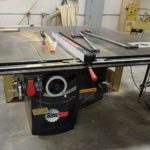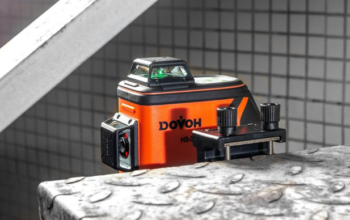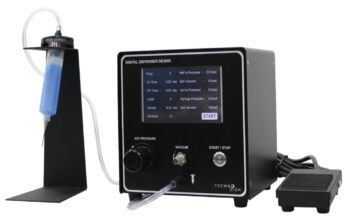Position sensors measure the distance between the object’s reference position and its current position, and its output is fed back to the control system for further action. There are different sensing principles and movement.
What is a potentiometric position sensor?
A potentiometric position sensor is, in itself, a broad category. It makes use of the resistive effect as its sensing principle, by measuring the potential energy released by the wiper against the resistive element. There are many versions of the potentiometer that showcase the different motions, sliding (slide/pot), rotating (thumb/wheel pot), and a trimmer (trimpot), with the same principle.
The upside of a potentiometric position sensor is that they are relatively cheap and available. You also have a variety of prices to work with if you are looking for a short-term or long-term fix. The downside with them is that they have short lifespans, even the models with better quality will need to be replaced someday. It all comes down to their sensing principle; the resistive effect has a lot of friction. The older the potentiometer the less accurate the readings will be.
What is a linear variable differential transducer (LVDT)?
The LVDT’s sensing technology makes use of electromagnetic coupling. There are three coils: a primary that is attached to the body and two secondary coils, they create a voltage whose differencing output is used to determine the movement. There is an electrical signal for phase and amplitude.
The upside of the LVDT is that it has no friction, no electronics, and low hysteresis. It is best used in environments with a lot of vibration and shock levels because it does not wear out. Given the lack of electronics, it functions in extreme cold or extreme heat.
What does the difference mean for you?
There are two main differences between the two, it all comes down to friction and flexibility. The potentiometer is a great sensor. It is cheap and accessible. It has been used for all sorts of machines with no problems. It has a long history with trade workers. The issue comes with sensitive work. The constant replacement of a potentiometer for environments that have a lot of friction adds up. An LVDT is an investment that will save money in the long run. As a counter though, not every project can justify the LVDT as an investment if a potentiometer could do the job at a fraction of the cost.
The second difference is flexibility. The potentiometer works better in a specific environment. The LVDT, on the other hand, works consistently regardless of the conditions. An LVDT in extreme cold and an LVDT in a shock filled area will function as well as the other.
Position sensors find themselves in so many machines in different industries. High tech or low tech, a position sensor makes itself useful. So, when selecting the kind you want to use, think about the time, the place, and the end goal.
Image: http://www.positek.com/linear-position-sensor
Related Posts












